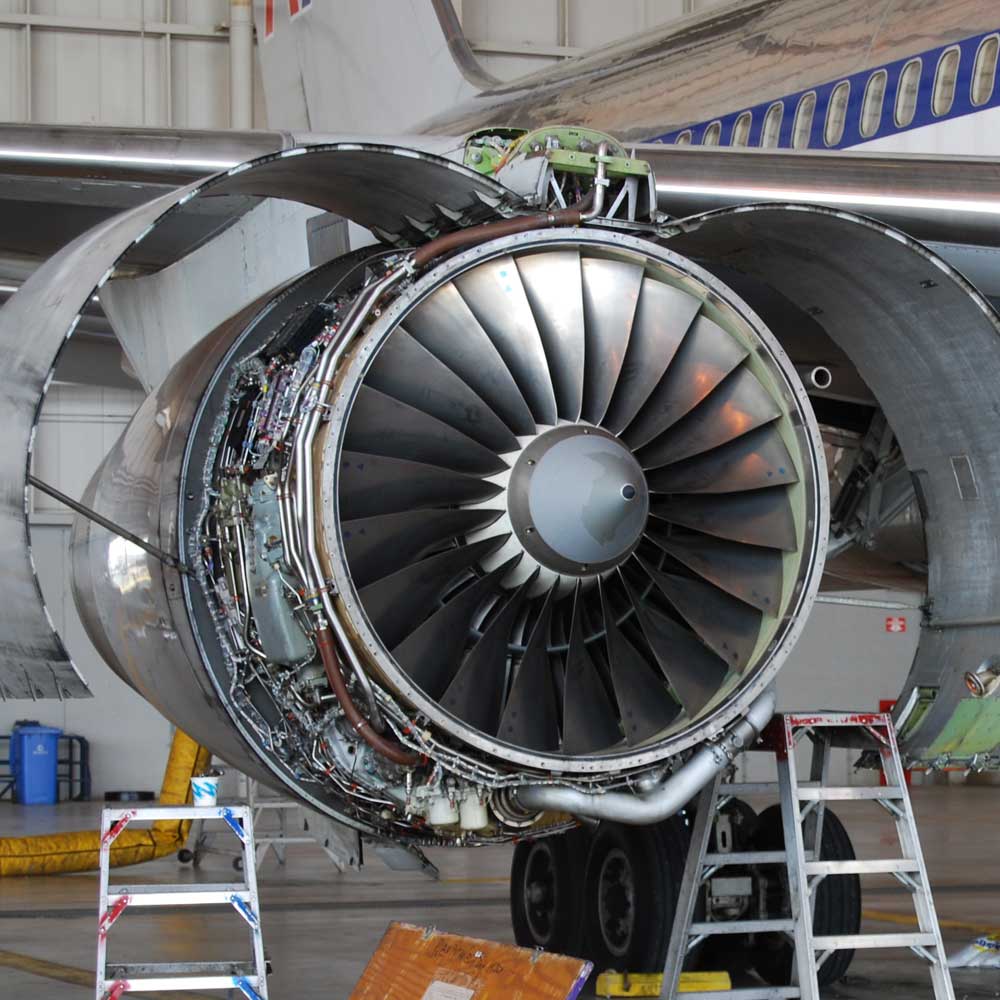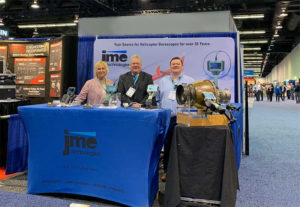Signs to Look for When Performing a Borescope Inspection on an Aircraft Engine
Borescope inspection in aviation is essential for aircraft maintenance and care. The actual borescope inspection requirements vary based on aircraft type and other factors. Nondestructive inspections are recommended when there’s a change in the aircraft performance. But they’re also required at certain intervals, depending on the use of the aircraft.
The engine of an aircraft undergoes a significant amount of stress during its use. While many people like to think engines are indestructible, they aren’t. In most situations, routine maintenance can help prolong the life of the engine and prevent instances where the engine could fail. The wear and tear requires routine inspection, service and repair. Before costly and complicated aircraft repairs can be made, a borescope inspection is the best nondestructive way to determine what needs attention. Using tools like an aviation borescope during an inspection, the operator can discover problems which could later become significant issues in the future.
Here are some warning signs you may notice during a borescope inspection you shouldn’t ignore:
Leaking
Airplane engine leaks can be extremely serious. Not only are fluids needed to operate the aircraft, but leaks can let in contaminants that can damage the engine. In 2019, a failed seal in the left engine of an Hawaiian Airlines airplane caused oil to leak onto hot parts of the engine and air conditioning pressurization system. This resulted in smoke in the cabin. Leaks are a major warning sign that need attention.
Poor Lubrication
Many components in an aircraft engine require proper lubrication – and a good amount of it. If certain components appear dry during the borescope inspection, it’s a major sign. Finding the root of the issue is the first step. Lack of lubrication can be a signal the engine is burning oil. There may to be too much or too little friction.
Wear
A knowledgeable aviation inspector should pay attention to wear. When components in an engine wear out faster than they should, it can be a sign of a bigger problem that requires special and immediate attention.
Dirt and Debris
An aircraft engine is built to keep dirt and debris out of the fluids. Contaminated fluids can become a problem. Contamination in fuel systems can mean trouble for an aircraft and engine. Damage caused by contaminated fuel can range from corrosion in the fuel cells and fuel system components, clogging of fuel filters, failure of instrumentation, or even blocking the fuel supply to the engine. Borescopes can help identify the issue and assist in finding the source of contamination.
Cracking
A crack in an engine is a serious problem and needs to be immediately addressed to find the larger issue which caused it. Generally, any crack in a cylinder grounds the airplane until it’s replaced. Cracking can cause any number of problems for an aircraft, so it is intrinsic to detect and remedy this problem quickly. While an engine breakdown can be very expensive, JME Technologies offers Boroblending scopes that grind down the blade in order to make the blade smooth and running at a high rate of efficiency once again. For the safety and longevity of the aircraft and engine, it is important to make sure a little problem doesn’t become a big one.
A thorough inspection with an aviation borescope can help identify many of these issues before they become larger, potentially catastrophic problems. Proper inspection, maintenance and repairs are the key to ensuring longevity and reliable aircraft performance.
Here at JME Technologies, we specialize in providing aviation borescopes to the industry. We carry a wide range of products to suit your need and aircraft. We also offer aviation borescope repairs and training on how to use aviation borescopes.
Call us at 815.477.8800 or use our contact us page to learn more.



